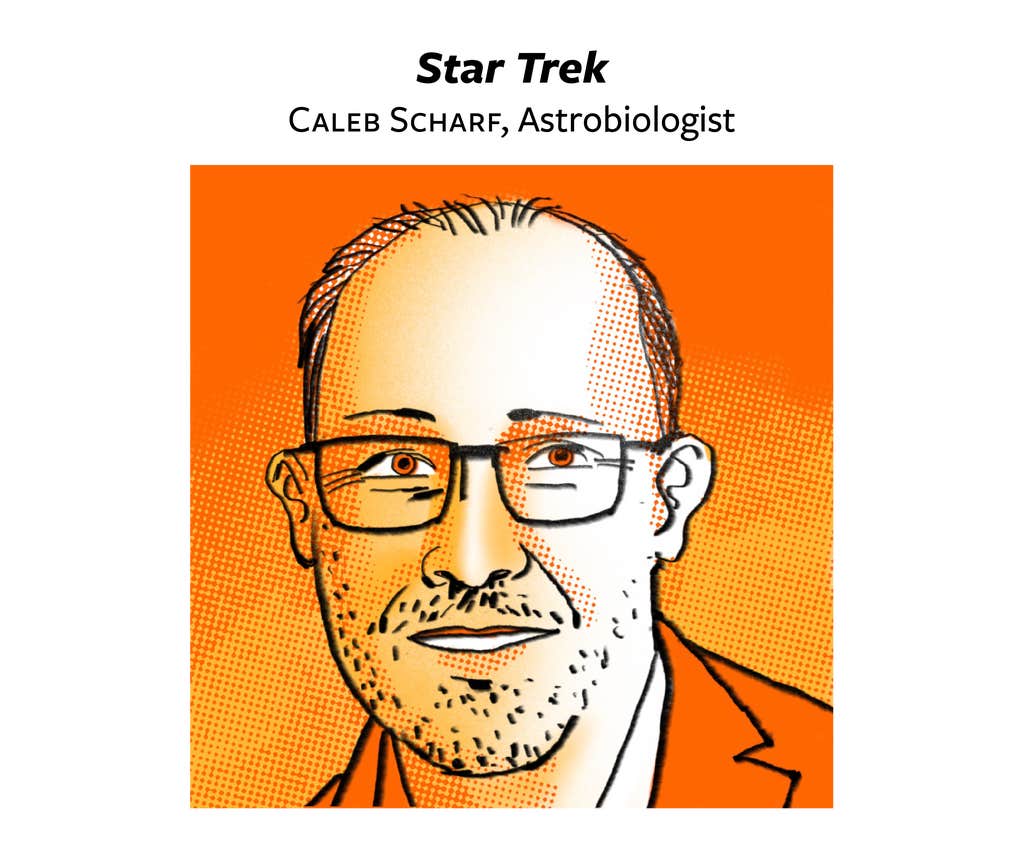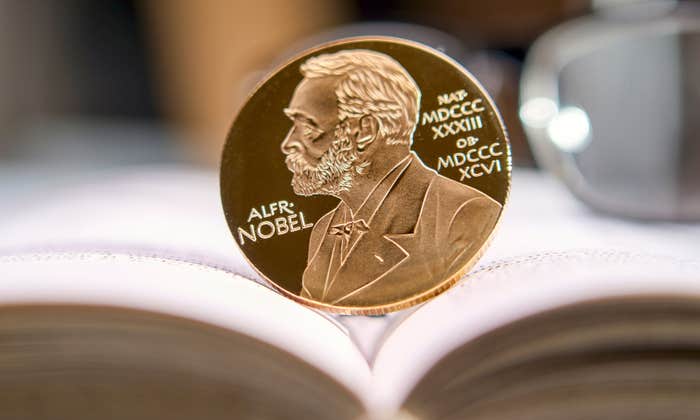Two cultures? That’s old news. At Nautilus, we’ve interviewed scientists and artists who don’t see a rift between their fields; on the contrary, they take inspiration from one another. This intersection has caused us to think that today’s scientists and artists are players in a new cultural Renaissance, or at least a throwback to the old one, when scientists were artists and artists were scientists.
Florentine sculptor, painter, and printmaker Antonio Pollaiuolo, for example, was the first of many Renaissance masters to dissect human bodies to better understand and represent the naked human form. Science was a great inspiration to their art—in a rather macabre way. But both art and science benefited from their forensics. And didn’t Einstein, not a bad violinist himself, say he felt that Mozart’s music “has always existed as part of the inner beauty of the universe waiting to be revealed”?
I decided to put the inspiration question directly to five scientists and five artists. I asked the scientists what work of art inspired them, and the artists what in science inspired them. Their answers, in their own words, are personal, idiosyncratic, and driven by deep curiosity, just like science and art themselves.

If I’m really honest, and being unpretentious, the creative force that has most influenced me as a scientist is science fiction. As a very young kid, I watched a fair amount of Star Trek on TV, which was very influential because it triggered the idea that there could be things beyond normal perception, beyond my everyday experience of the world. Star Trek tells an immersive story about living, thinking beings faced with endless puzzles. Of course, there’s always a neat packaged solution at the end of the 45 minutes. Quite often, the resolution in Star Trek comes through an interesting combination of abstract logic and human personality—of different individual ways of seeing. You would have a team of people working together through thick and thin, and that could be exciting, it could be adventurous, and in the end, you could sort of make progress. There was a certain appeal to that when I was a young person with a lot of questions, beginning to realize that science was a direction I was interested in pursuing.
One of the things Star Trek did so well was that there was actual science behind its imaginings. There’s a famous episode with a creature that’s silicon-based instead of carbon-based. It looks like some hideous carpet from the 1970s. In the show, it takes the characters quite a time to recognize that this is a living, thinking thing because it is so alien. It got across this sense of, stuff doesn’t necessarily have to be built exactly like us, not just in terms of how it looks, but its fundamentals. It was an actual scientific question at the time: Could you build life differently? Now we know that silicon-based life is somewhat unlikely, but the question of whether alternate forms of life could exist remains.
I love the idea of the artist as antibody, neutralizing the toxins in our culture.
Science fiction helped me to grasp how extraordinary the cosmos really is, and to wonder at the connection between all of that and the very parochial experience of being an organism on the Earth. I wanted to know how those things link together. I wanted to know: Are we alone? Were those funky aliens that I was seeing on Star Trek out there somewhere? So my trajectory began with physics and cosmology, but over time sort of veered toward astrobiology, which is the quest to understand the nature of life in the universe, to understand what is out there that might support and initiate life. This may entail going off in a spaceship to explore, or exploring other worlds through our telescopes even though we can’t physically be there ourselves.
The first time I watched Star Trek, I must have been around 4 years old, and I remember there was something scary happening, because I was hiding behind the couch, but peeking over the edge of the couch at the same time. My parents, who were both academic art historians—my father in photography and my mother in Renaissance art—would watch Star Trek with me. So I was a little bit afraid, but in a good way. As a kid, there’s a natural wonder, a natural desire to ask questions, but as we age, we get so used to the world around us that we tend to lose some of that awe and sense of novelty. Science fiction instilled an interest for me in the biggest questions—the questions of what tantalizing and terrifying mysteries lurk beyond the confines of the surface of the Earth.

My most recent book is Soil: The History of a Black Mother’s Garden. In it, I take a really intimate look at soil, a word that has both cultural and scientific weight and that is composed of opposites. It denotes a rich and fertile home for growing things, but also a sense of dirtiness and degradation. When you look at scientific studies of soil, you notice that how “dirty” it is can actually have a huge impact on the well-being of those who work with it: Healthy soil contains microbes like Mycobacterium vaccae that seem to promote serotonin uptake and general happiness in humans. But when you apply noxious chemical pesticides and herbicides to that soil, it can have the opposite effect, raising the risk of psychiatric disorders for those who dig their hands in it.
We hope you enjoyed a taste of Nautilus’ signature writing, on us.
To continue reading this and eight other interviews — with notable names like Anil Seth, Sabine Hossenfelder, Jonathan Weiner, and more — please log into your account or become a Nautilus member now.
My collaborations with scientists aim to communicate what the past can tell us about the present and future, about the interconnectedness of living things over vast timescales. In another life I would’ve been a scientist, perhaps an ornithologist. But during the Victorian era, scientists were also artists, like von Humboldt. They were naturalists. They painted. They wrote poetry. With my current work, I want to help keep this tradition alive.
Kristen French is an associate editor at Nautilus.





























